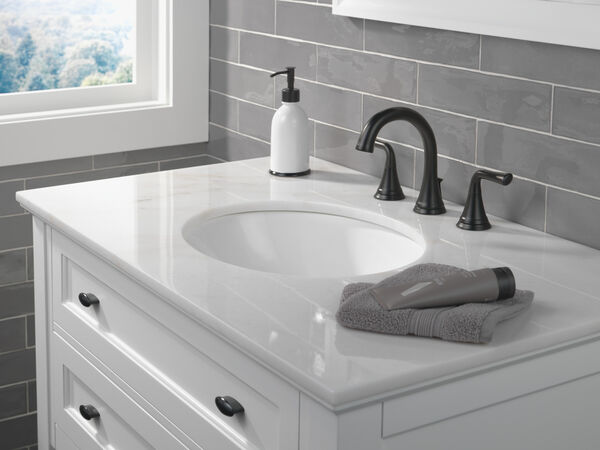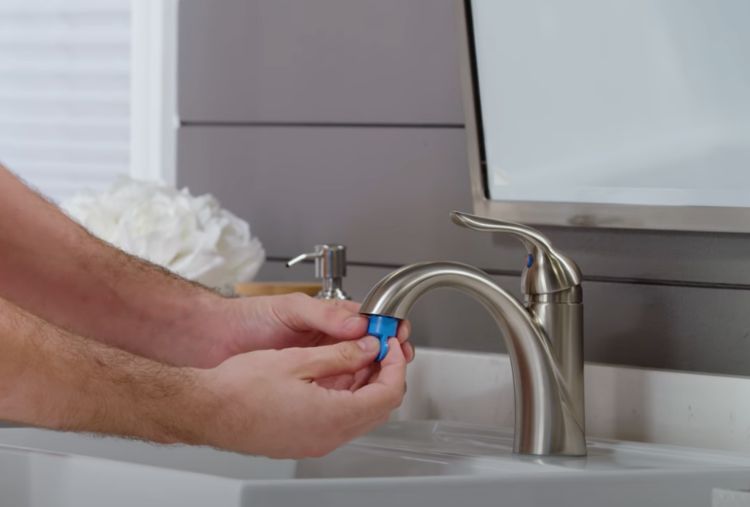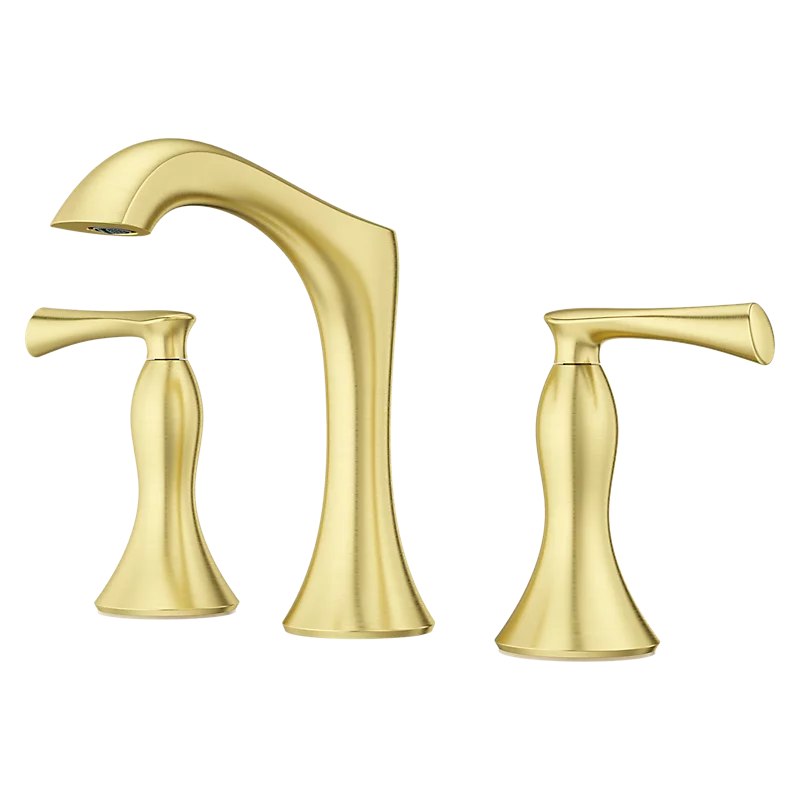
HOME AT LAST, AFTER AN IDYLLIC WEEKEND GETAWAY ON THE WATER.
Open the front door, step into the kitchen and suddenly you’re back in the water. Except now it’s sloshing across the kitchen floor and seeping onto the adjacent family room carpet, too. In your absence, something has sprung a leak and now you have water damage. What do you do now?
Here’s a step-by-step guide to stopping the water flow, identifying the problem, salvaging what you can, and repairing/replacing the rest.
COUNT TO 10 AND COLLECT YOUR THOUGHTS.
Just about anything is fixable, and – despite how overwhelmed you’re feeling – this situation can be efficiently and properly handled.
FIND OUT WHERE THE WATER IS COMING FROM.
In most cases, the source is obvious and internal, such as an overflowing bathtub or washing machine, a leaky connection under a sink or toilet, a stopped-up drain, or a broken pipe.
There’s a small chance it’s coming from outside the house, via overflowing gutters or a flooding stream. If a natural disaster is the cause, seek safe shelter away from the storm-plagued area.
STOP THE WATER… NOW!
Assuming the source is internal, turn off the water at the source of the leak, such as the hot- and cold-water valves beneath a sink. If you’re not sure of the source, shut off
the main water valve that controls the flow of all water in the house. It is typically located either inside (most likely in a basement, if you have one) or outside, near where the
water meter is located. The valve is either in the form of a wheel-shaped handle or a lever.
MAKE TWO QUICK CALLS FOR HELP.
Immediately call a water removal and damage restoration company. The best ones can often respond to your home within 60 to 90 minutes. A prompt response is critical. Mitigation within the first 48 hours will decrease the likelihood of mold, mildew and other moisture penetration problems that can result in permanent damage and waterborne health problems. The second call should be to your insurance company to begin the claim-filing process. Whether or not the restoration and repairs from the water damage are covered by your homeowners’ policy depends on what caused the damage. If it’s accidental and occurred suddenly, it’s usually covered. As with any industry, the restoration business has its stars and its fly-by-nights. Ask your insurance agent for suggestions on whom to call, as they likely often deal with water-related claims. Indeed, non-weather-related water damage is the second leading cause of homeowners’ insurance claims, after exterior wind damage, according to The Travelers Companies.
MAKE THE MOST OUT OF YOUR WAIT TIME.
Before the restoration experts arrive, open windows and doors to begin the drying process. Start ripping up and discarding water-soaked carpeting and pads. The faster you move, the less the chance of incurring major mold damage. During this process, take photos of the damaged areas, and text or email them to your insurance agent. It should help expedite the claims process. When the water removal and damage restoration company arrives, they will extract the water using vacuums and pumps, dry the affected area with large fans, and clean up remaining dirt, muck and residue.
STAY AWAY.
If the damage is severe, you may need to live elsewhere while your home is being repaired. Most likely, your homeowners’ policy will cover temporary housing at a basic hotel or rental home, up to a maximum amount of money each night. If you can dig a bit deeper out of your own pocket, extend your lodging past the perfunctory should the repair process take longer due to any unexpected issues.
GET IT FIXED.
Depending on the extent of the damage, as well as the problem that caused it, you will likely need to hire a contractor (or more than one, if specialty work is required) to repair and restore your house to its pre-leak status. Your insurance company may want a say in the process, and in fact, may have insight into who provides high-quality workmanship at a fair rate.
PREVENT FUTURE WATER DAMAGE.
Few of us ever expect leaks to occur, but there are steps you can take to avoid this situation in the future. Check out my guide to Preventing Water Damage In The Home. In the digital age, there are more resources to manage your home’s water systems and flag problems before they get nasty.
A comprehensive water management solution that has recently become available in the United States that I currently use, GROHE Sense™ & GROHE Sense Guard™. GROHE Sense & GROHE Sense Guard leverages smart home technology to offer reliable protection against costly water damage by constantly monitoring for excess moisture or leaks and notifying homeowners using a convenient smartphone app. In either case, the money invested in water management system will be significantly less than the cost of clean-up, repair and restoration if a leak does occur. Now that everything is back to normal, there’s time to ask yourself an important question: Are you ready for the next leak?
 Jonathan Cheever has been a U.S. Snowboard Team member since 2005 and is an elite level athlete in snowboard cross. In the off-season, Cheever works for his father’s plumbing company in Saugus, Mass., as a vocation to support his passion for snowboarding. He has been a licensed journeyman plumber since 2004.
Jonathan Cheever has been a U.S. Snowboard Team member since 2005 and is an elite level athlete in snowboard cross. In the off-season, Cheever works for his father’s plumbing company in Saugus, Mass., as a vocation to support his passion for snowboarding. He has been a licensed journeyman plumber since 2004.




